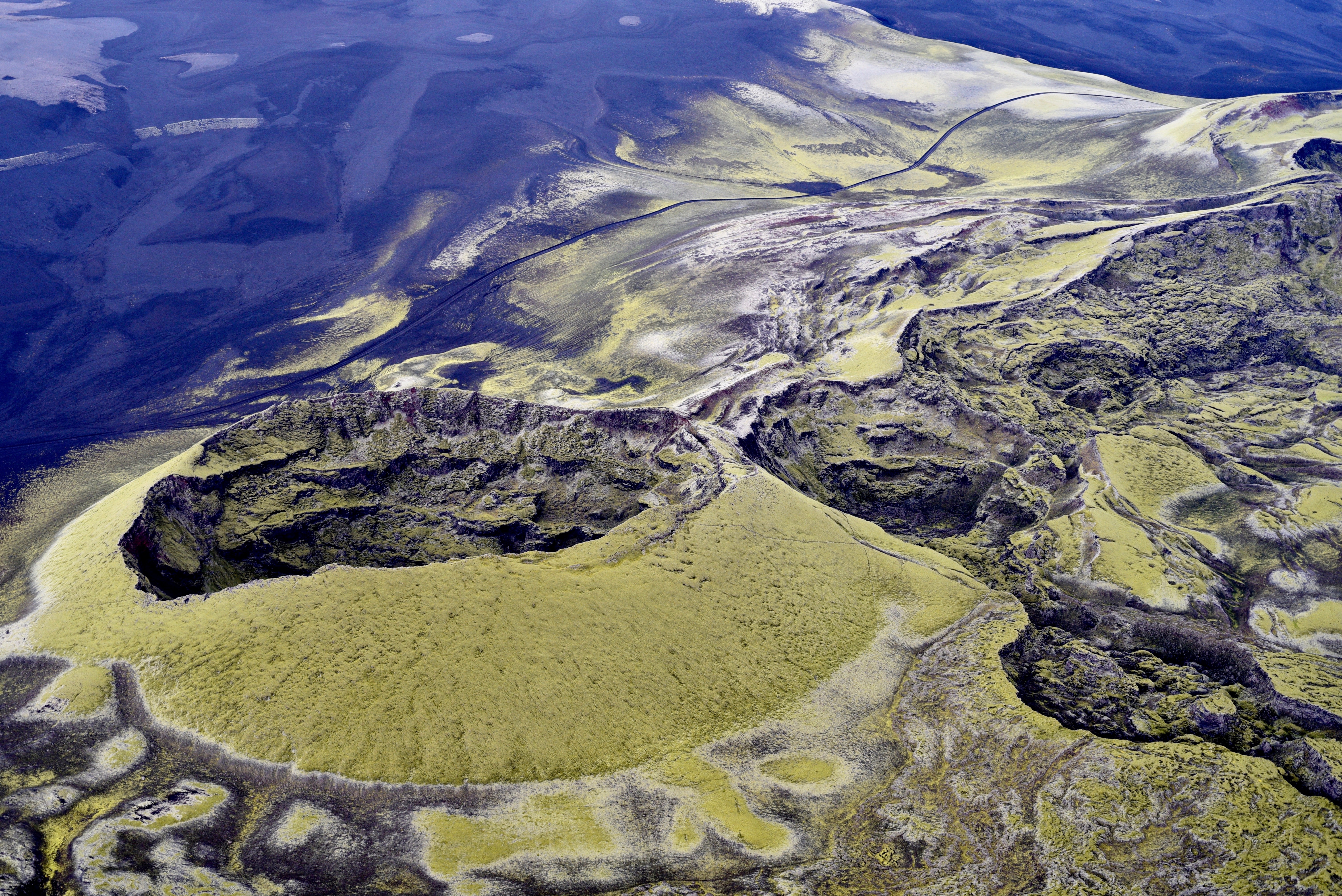At the 43rd session of the World Heritage Committee in July in Baku the Vatnajökull National Park was approved as a UNESCO World Heritage Site, described as follows: Vatnajökull National Park – dynamic nature of fire and ice (Iceland) — This iconic volcanic region covers an area of over 1,400,000 ha, nearly 14% of Iceland’s territory. It numbers ten central volcanoes, eight of which are subglacial. Two of these are among the most active in Iceland. The interaction between volcanoes and the rifts that underlie the Vatnajökull ice cap takes many forms, the most spectacular of which is the jökulhlaup – a sudden flood caused by the breach of the margin of a glacier during an eruption. This recurrent phenomenon has led to the emergence of unique sandur plains, river systems and rapidly evolving canyons. Volcanic areas are home to endemic groundwater fauna that has survived the Ice Age.
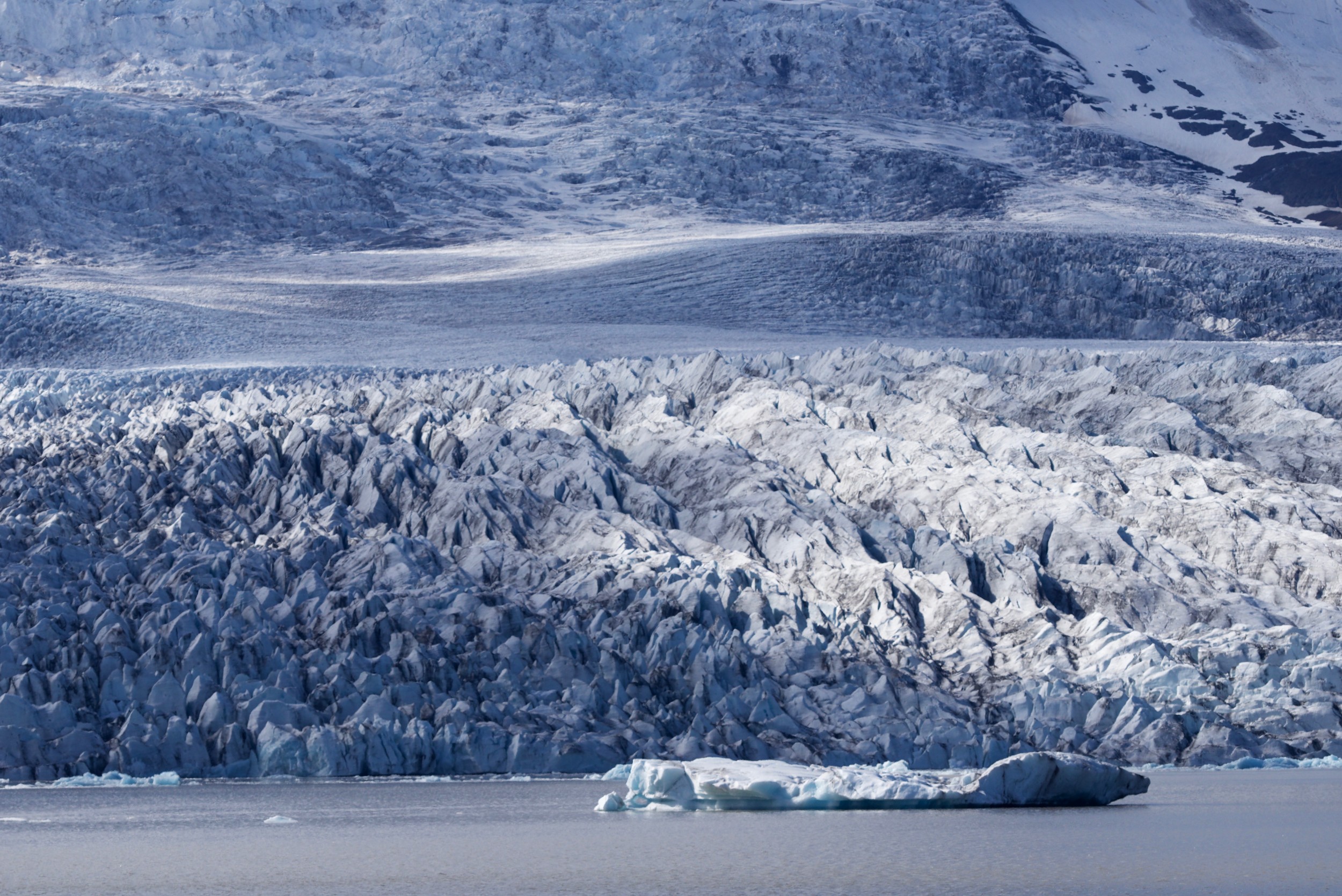
Snorri Baldursson, the author of the most comprehensive illustrated description of Iceland’s nature (Lífríki Islands), has worked several years for achieving this success for Iceland. The protected area history started already in 1967 when the Icelandic government, in cooperation with WWF and involvement of Sir Peter Scott, established the Skaftafell National Park, which in 2008 became part of the much larger Vatnajökull National Park. Another part of the history began in 1997 when the Iceland Nature Conservation Association (INCA) was established with the primary goal of establishing a national park in the highlands. The catalyst was a plan by the government to build a huge hydropower complex for a new aluminium smelter in Eastern Iceland, damning major glacial rivers running north and east from the Vatnajökull Glacier. The campaign, which was supported among others by WWF, Bjørk and other outstanding members of Iceland’s society, resulted in half a success: The establishment of the Vatnajökull National Park. However, an aluminium smelter was built in Reidafjördur and a related huge power plant was realised in the highlands. The establishment of the Vatnajökul national park in 2008 can be seen as a kind of compensation for the loss of parts of the wilderness in the highlands and therefore was supported by the aluminium company Alcoa.
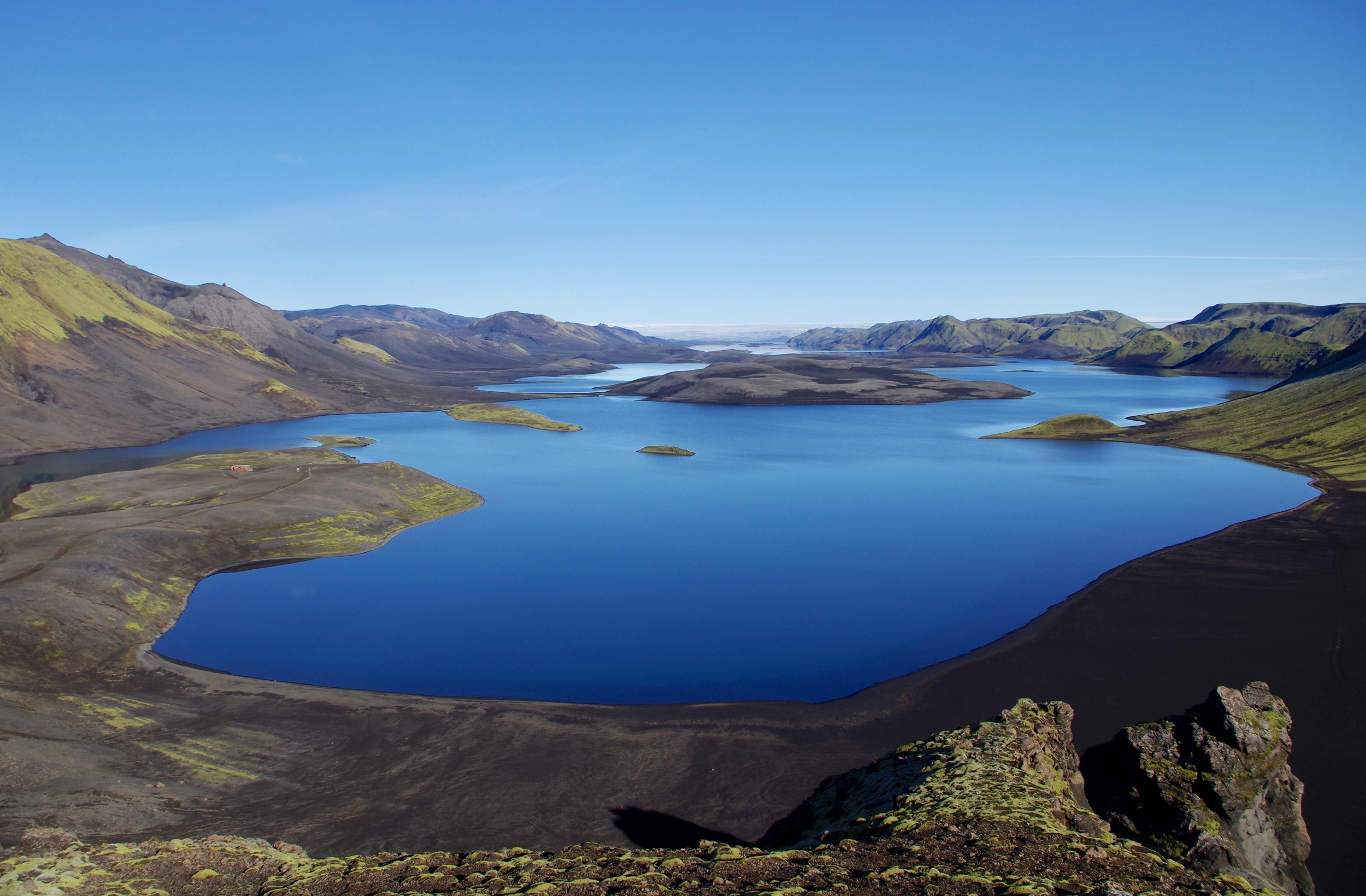
However, in 2015 INCA (a member of LT&C) and Landvernd joined forces. Their common and continuous goal is to complete the success story and get the entire Highlands of Iceland designated as a national park! Meanwhile, the former common campaigner of INCA and Landvernd, the present Minister of Environment and Natural Resources, Guðmundur Ingi Guðbrandsson, who recently applauded the decision of getting Vatnajökull National Park on UNESCO’s World Heritage List, still has to complete his main task. As stated in the coalition agreement the present government is committed to “establish a national park in the central highland region of the country”. And further: “
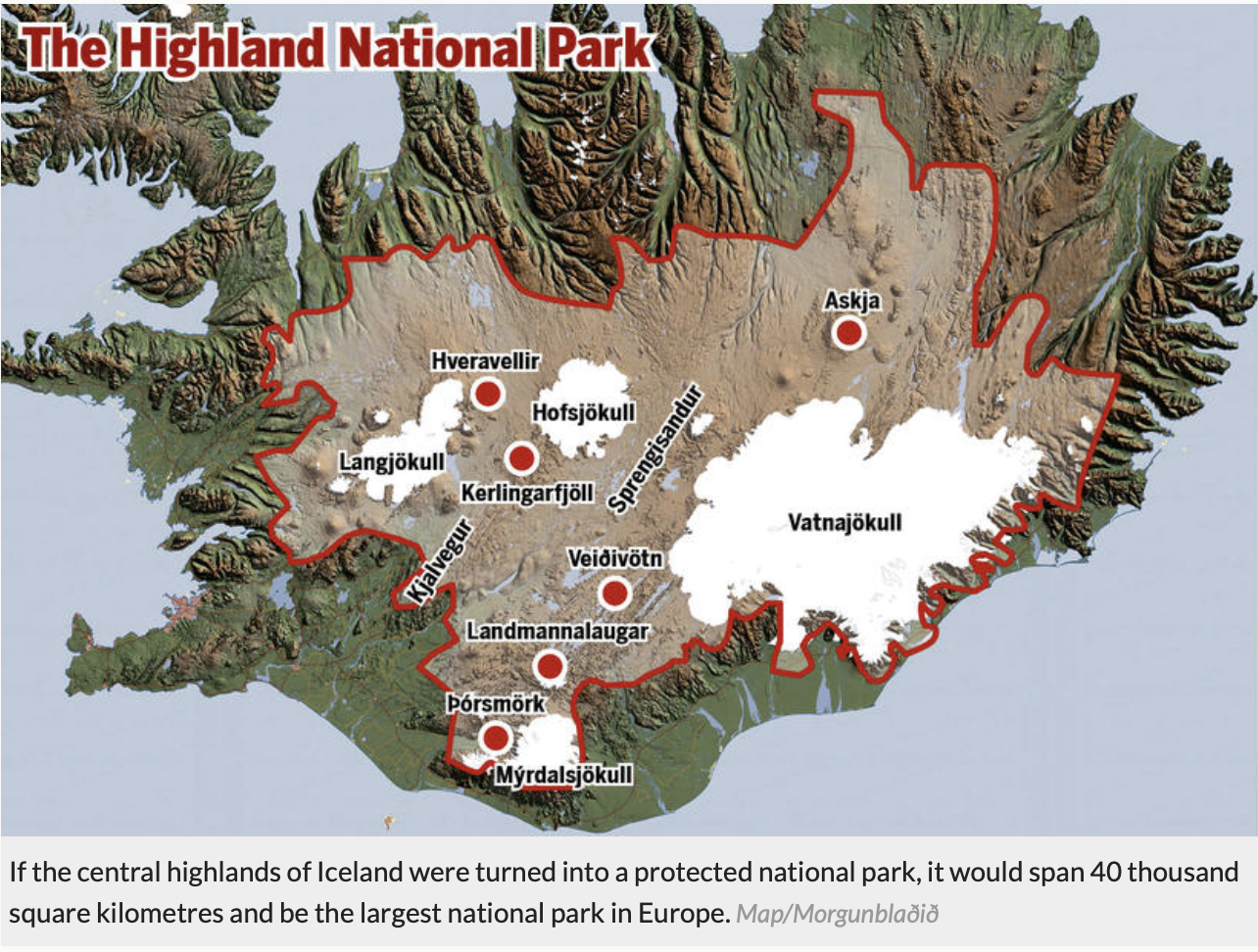
This provides a promising outlook to become an even greater success story of Iceland than the listening of Vatajökul National Park as a World Heritage
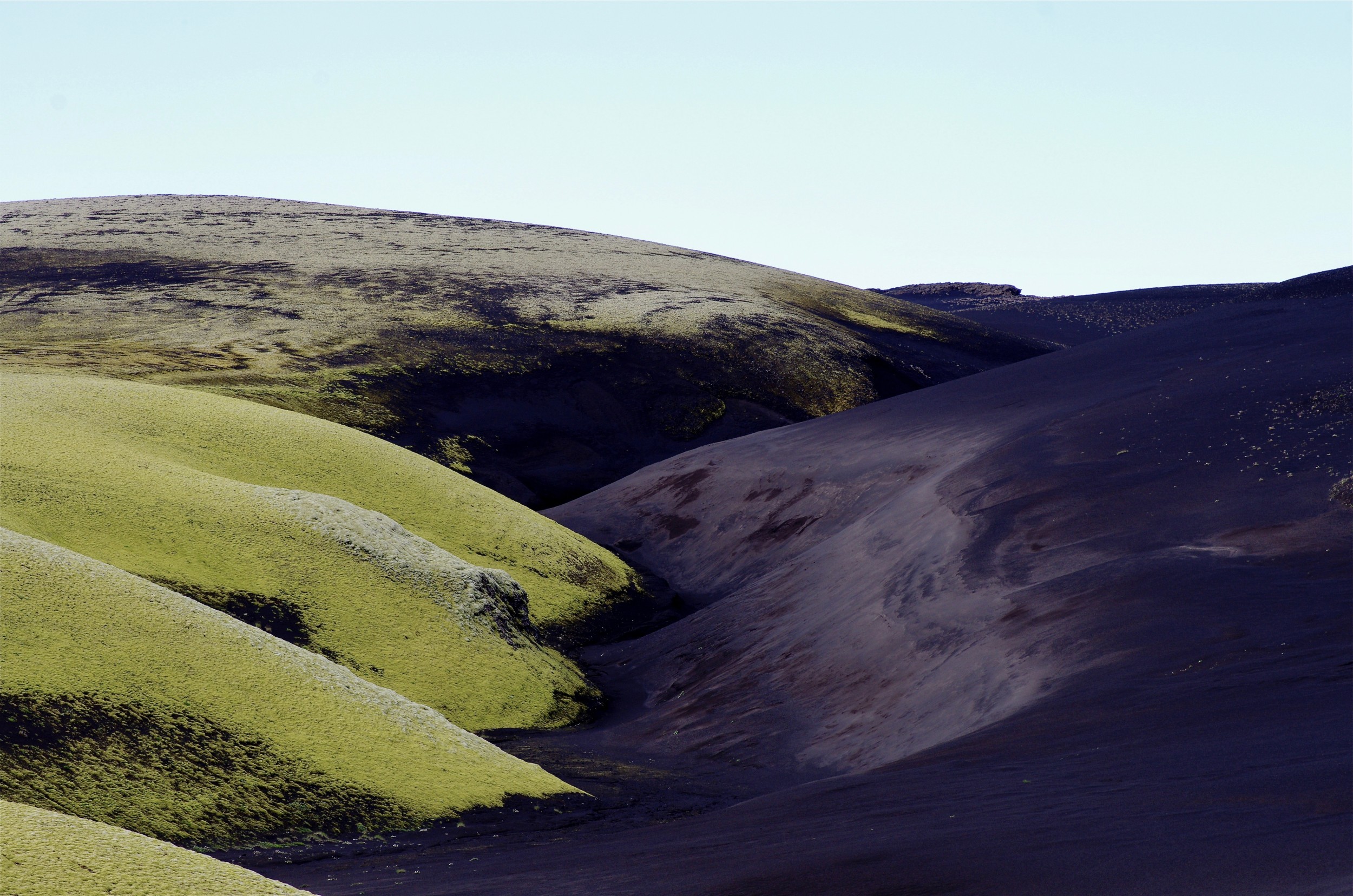
Vikrar við Laka. Photo: Snorri Baldursson 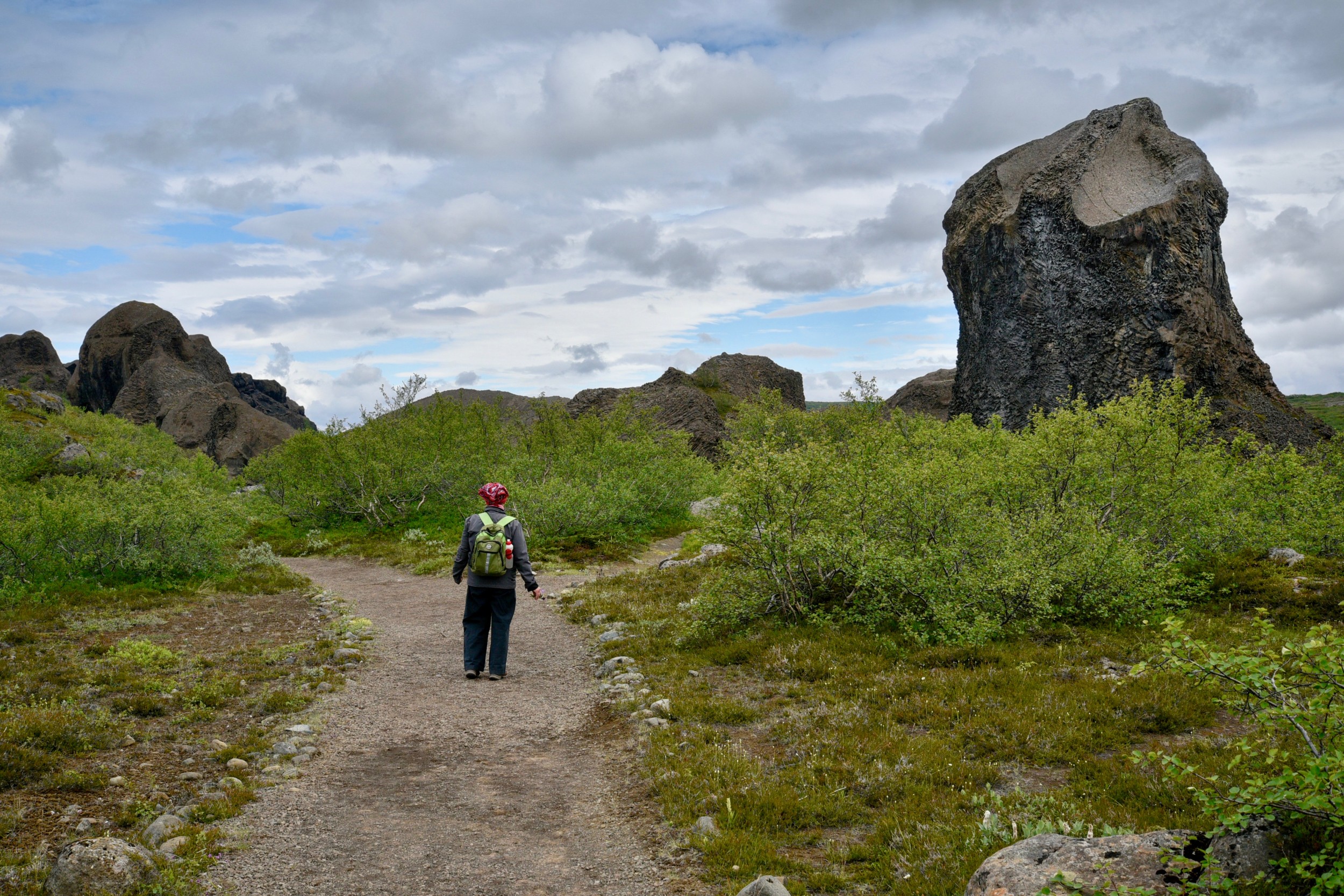
Hljóðaklettar. Photo: Snorri Baldursson 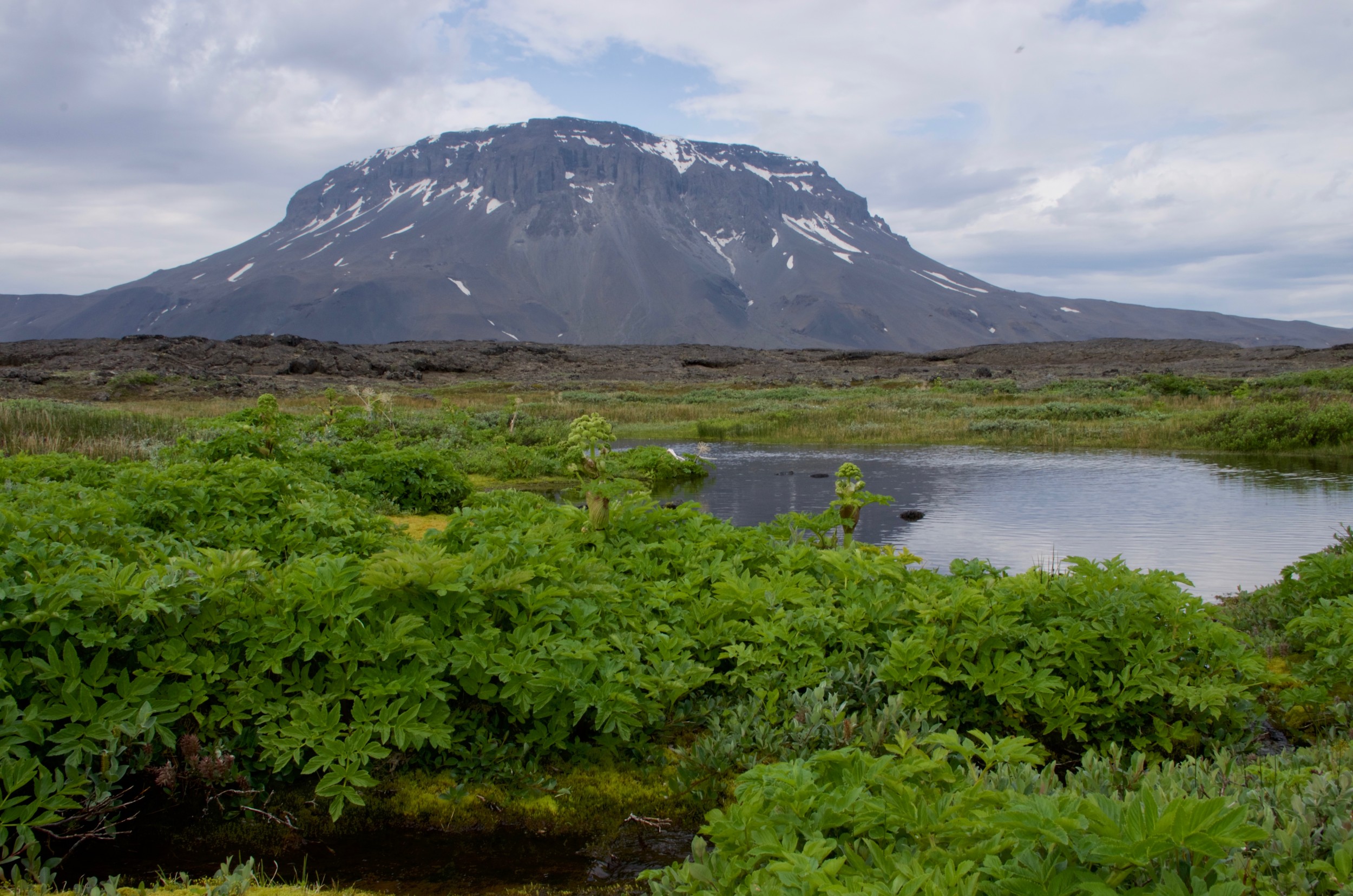
Herðubreið. Photo: Snorri Baldursson 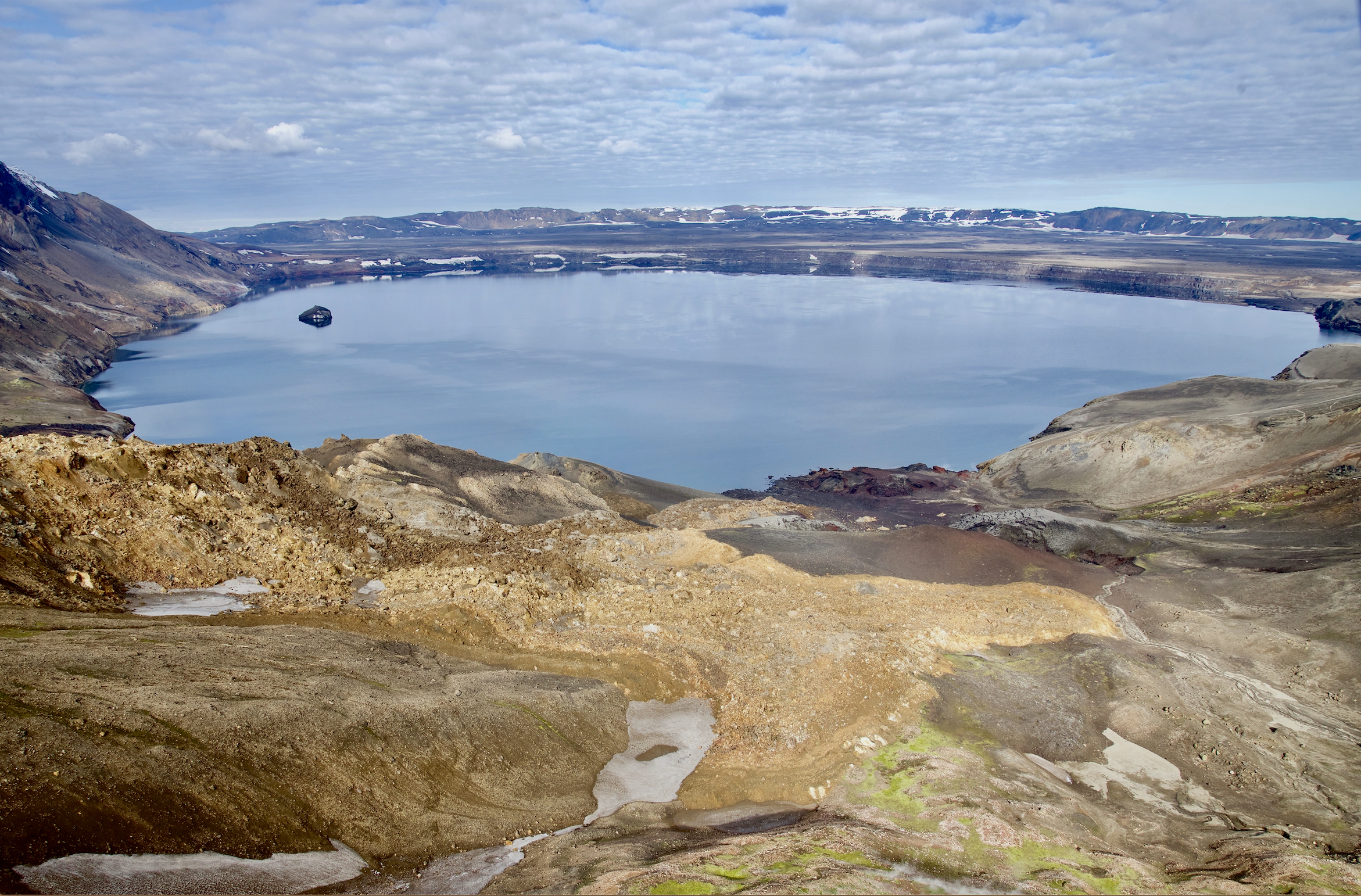
Öskjuvatn. Photo: Snorri Baldursson

